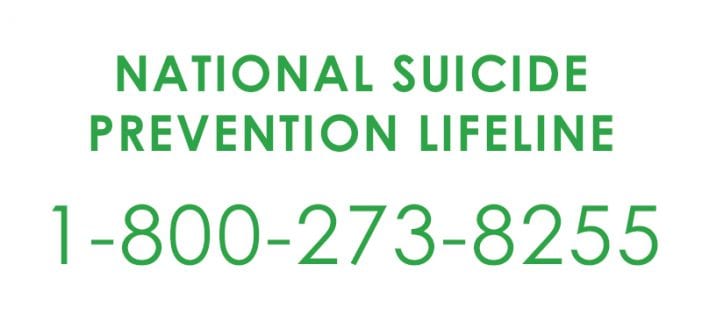September is National Suicide Prevention Month. Although mental health organizations and support groups work to raise awareness about suicide prevention year-round, having a month dedicated to a national campaign gives these groups an opportunity to educate more people about the tragedy of suicide. Groups like the National Alliance on Mental Illness and the National Suicide Prevention Lifeline have social media campaigns to reach a wider audience with information about suicide risks and life-saving resources.
Meanwhile, the anti-Life forces behind assisted suicide continue to promote suicide among vulnerable populations. The disconnect between the movement to prevent the tragedy of suicide and the spread of the anti-Life assisted suicide ideology is alarming. So-called “death with dignity” activists regard assisted suicide as a humane alternative to physical pain. Well-funded groups like Compassion and Choices (formerly known as the Hemlock Society) capitalize on stories like Brittany Maynard’s to argue that assisted suicide give people “choices.”
The grim reality is that assisted suicide laws undermine the sanctity of human Life and remove choices from some of the most vulnerable people in our society: the disabled, the elderly, and the economically disadvantaged. Many Pro-Life doctors and ethicists have noted that the so-called “right to die” that assisted suicide activists advocate soon becomes a “duty to die” for people who feel they have no other choice.
We’ve already seen that in response to a new California law, an insurance company refused to pay for chemotherapy but offered to pay for a cancer patient’s suicide. When assisted suicide is the law of the land, who else is at risk when the least expensive “treatment” option is death? People with chronic illnesses, the poor, and those whose “quality of life” is judged to be inferior are all at risk for medical discrimination and social pressure.
During National Suicide Prevention Month, we should note that the root cause of assisted suicide is not the pain of a terminal illness. Many studies show that the reason patients seek assisted suicide is not the physical pain they are experiencing but instead feelings of hopelessness and depression. In other words, the same mental illness that might put an otherwise healthy person at risk for suicide can affect people facing the anxiety and stress of a serious physical illness. As we observe National Suicide Prevention Month, how can we say that one group deserves life-saving intervention and resources and the other does not?
In the United States, anti-Life groups have not yet embraced the full implications of the assisted suicide movement: euthanizing the mentally ill. Last year, the American Psychiatric Association issued a formal position statement rejecting assisted suicide for mentally ill patients. Although this position does not go far enough by not addressing the mental health needs of terminally ill patients, the statement is an important first step. Already in Belgium and the Netherlands, patients suffering from mental illness no longer receive treatment but instead receive a death sentence. Patients are being killed for suffering from depression, anorexia, or simply being born with autism.
Pro-Lifers must take seriously the threats posed by assisted suicide activism. As we stand in solidarity with survivors and victims of the tragedy of suicide, we have an obligation to work toward a society in which all people are offered help.
From the National Alliance on Mental Illness:
- If you are in crisis or are experiencing difficult or suicidal thoughts, call the National Suicide Hotline at 1-800-273 TALK (8255)
- If you’re uncomfortable talking on the phone, you can also text NAMI to 741-741 to be connected to a free, trained crisis counselor on the Crisis Text Line.

